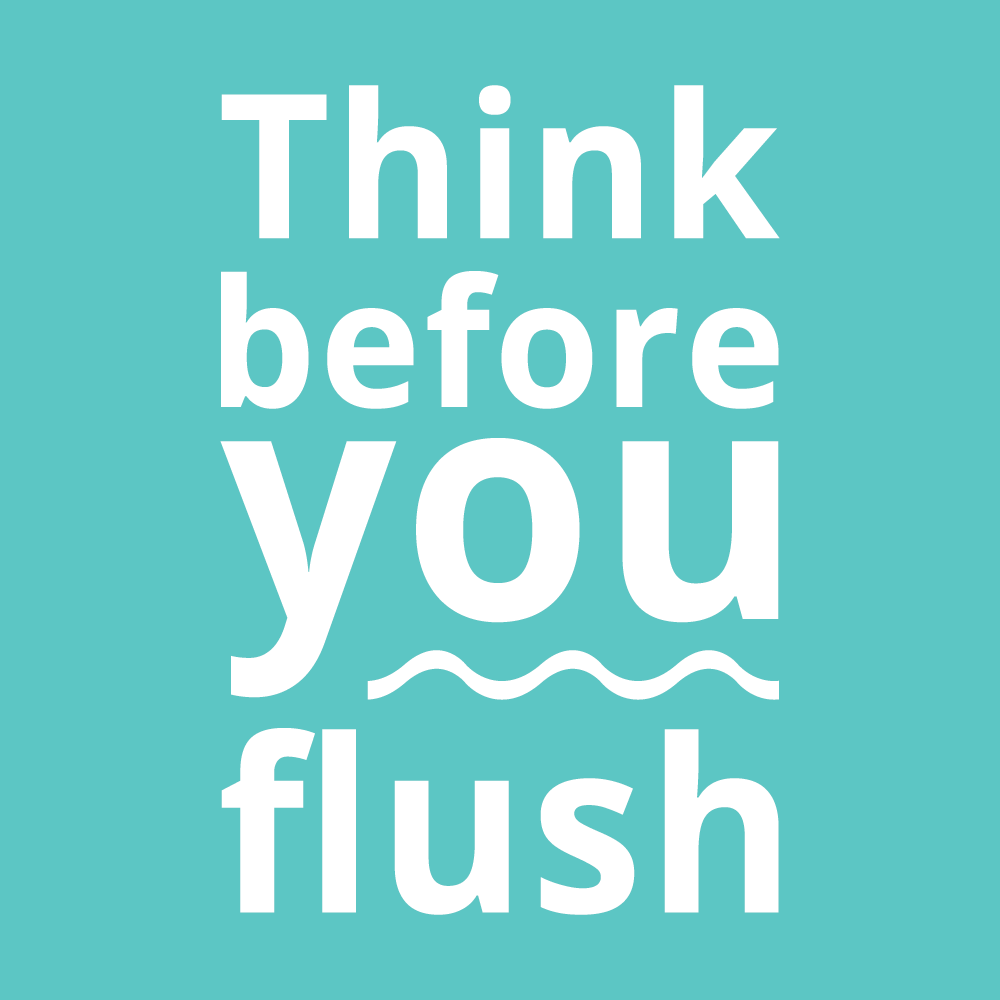
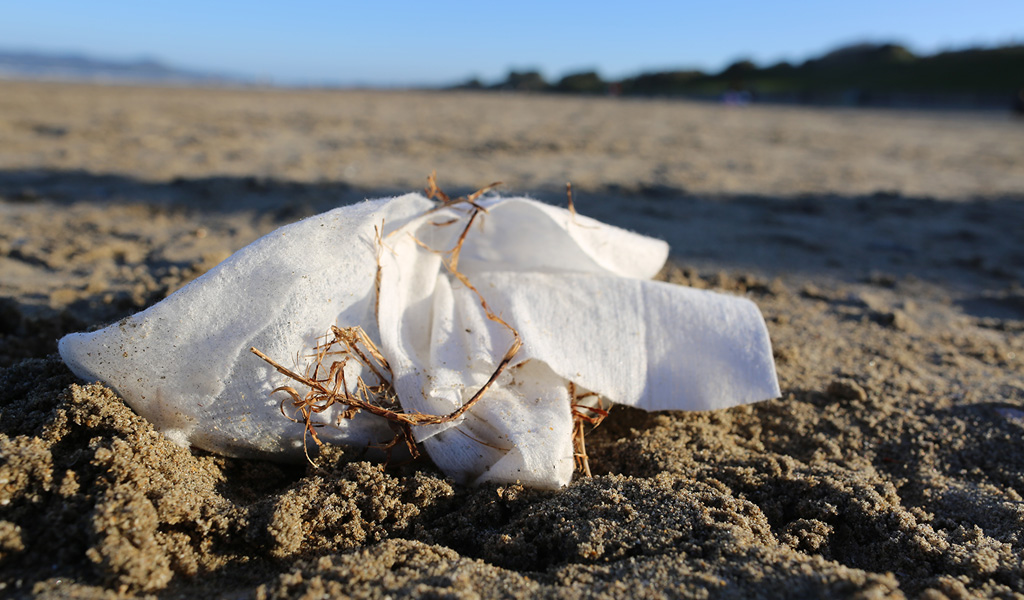
What is sewage related Litter?
Sewage related litter is a type of litter that is generated from non-organic items that are flushed down the toilet. These items can make their way to our oceans and be washed up on your beaches as marine litter.
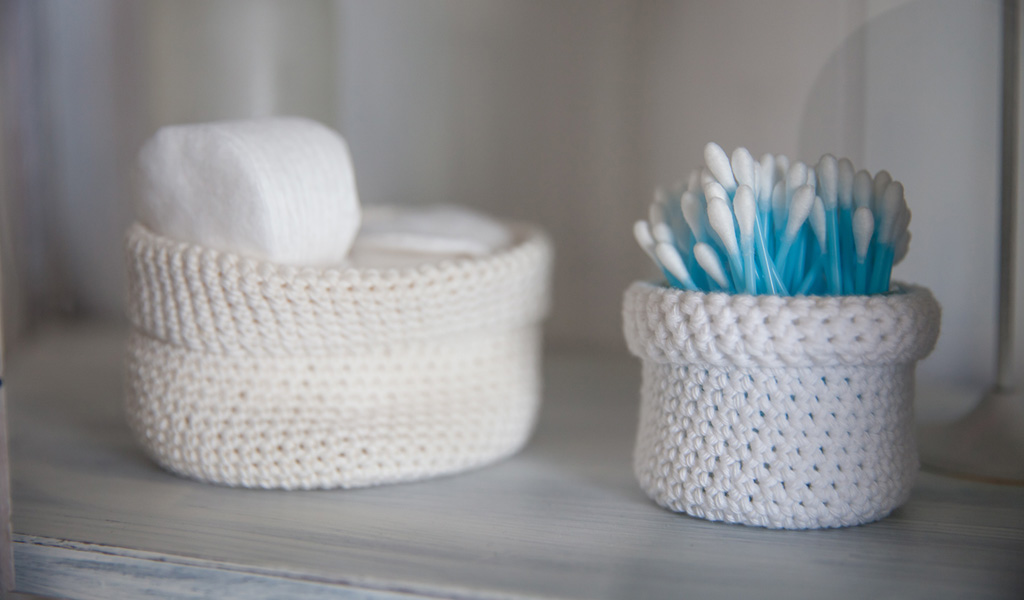
Sewage related litter damage
Items like wet wipes and period products can cause blockages and issues in our wastewater treatment process. This can lead to emergency wastewater overflows to the natural environment, damaging the receiving water bodies.
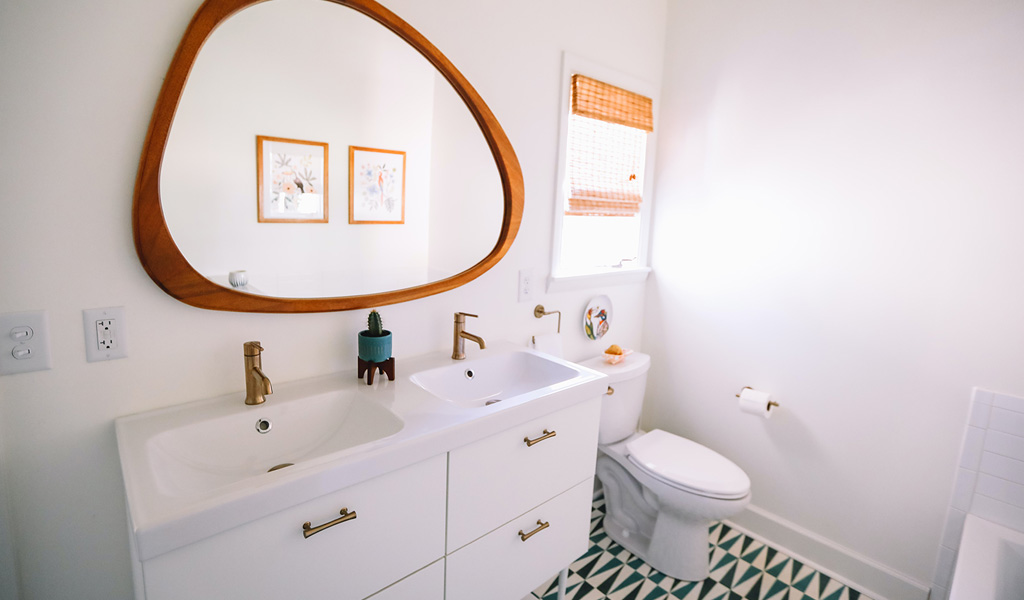
But what about at home?
Sewage related litter can also be a messy problem in our homes. Flushing non-organic items can lead to blockages and overflows. This is a messy issue for householders, especially those with septic tanks.
What to flush?
Only flush the 3P’s, pee, poo and paper (toilet paper that is). Everything else must go into the bin, even if a product is marketed as flushable. By putting a bin in the bathroom, you can help everyone Think Before You Flush.
Like to get further involved with the campaign? Help us raise awareness at home, in work and in your community.
The Dirty Dozen
Think Before You Flush ran a survey with over 1,000 people to find out more about their flushing behaviour and we compiled a list of the twelve most common sewage related litter items flushed down the toilet in error. We call them the Dirty Dozen. Here are some of the common items that are flushed in error.
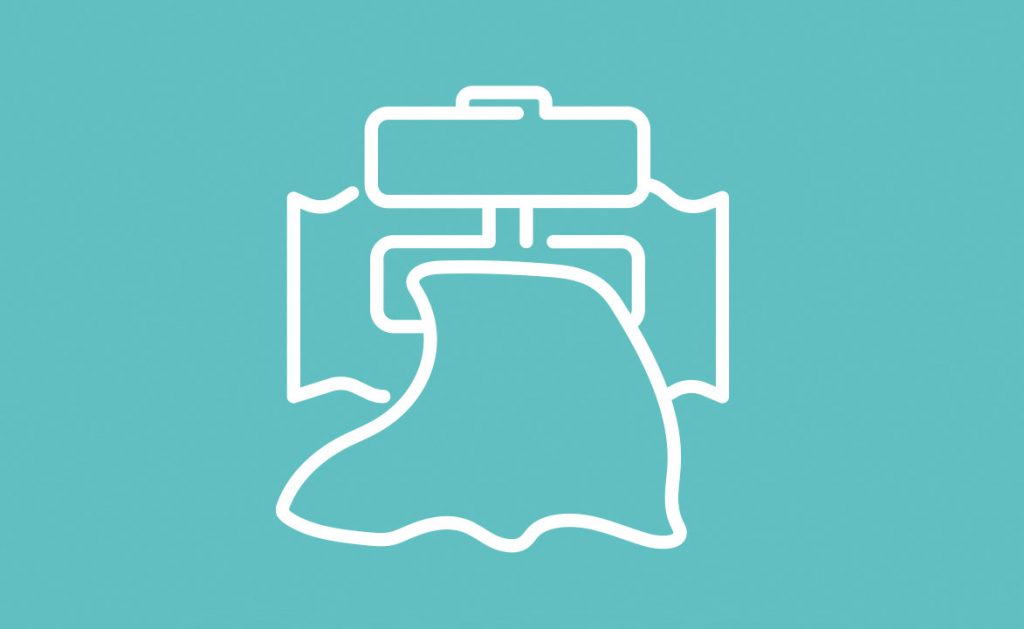
Wipes
Wipes do not break down and can lead to blockages in the pipe network. Flushing wipes can lead to blockages in our homes and wastewater network. They can even end up on the beach as marine litter.
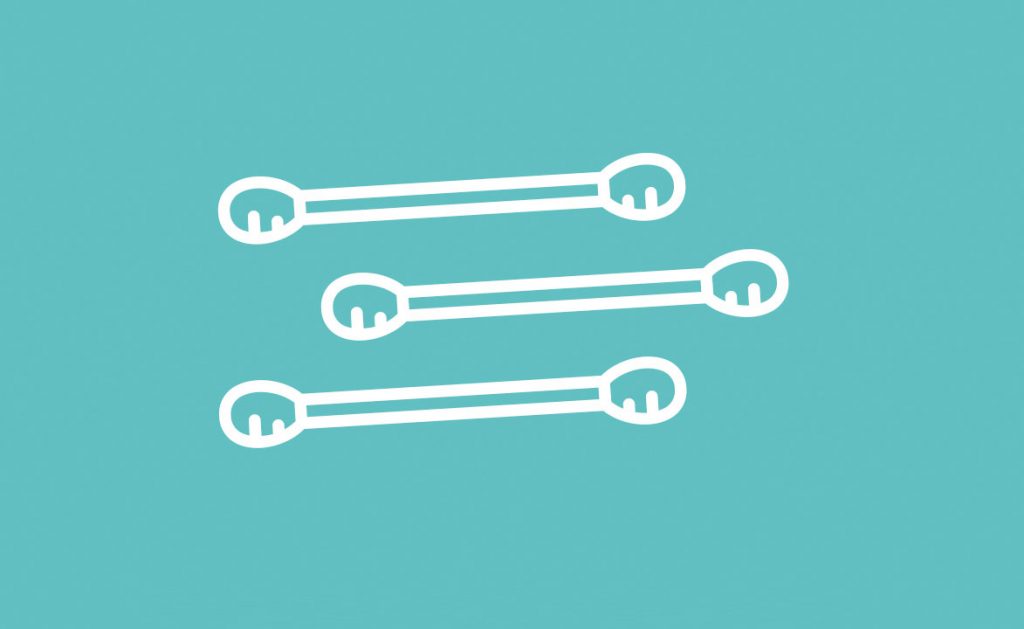
Cotton Bud Sticks
Cotton bud sticks might look like lolly pop sticks but some brands are made of plastic and can last a very long time in the marine environment. They can also be mistaken for food by marine life.
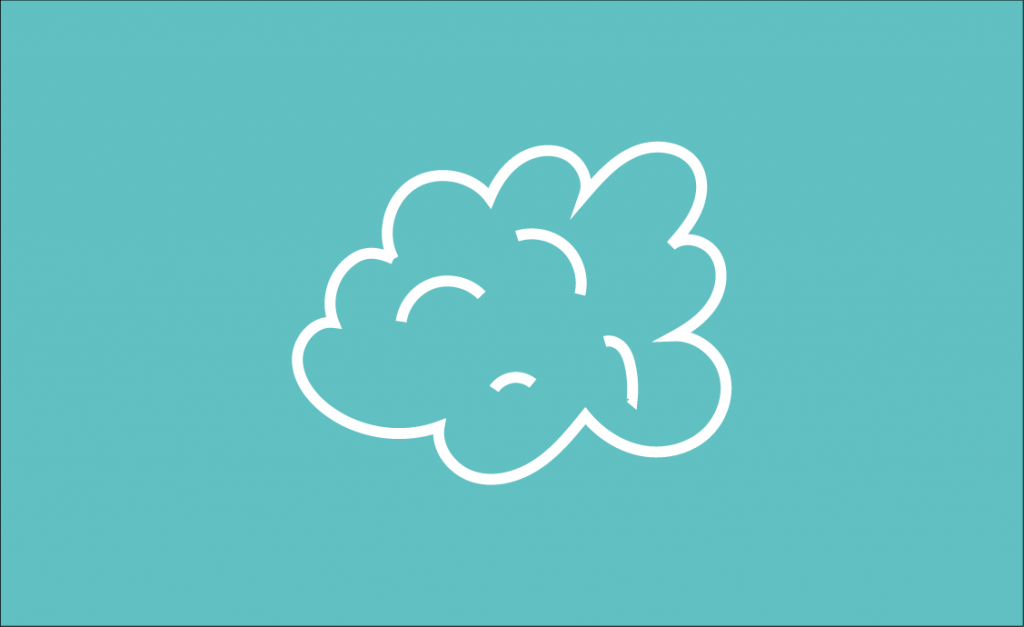
Cotton Wool
Cotton wool is like wipes; it doesn’t break down and this can lead to blockages in the pipe network affecting households and the wastewater treatment network.
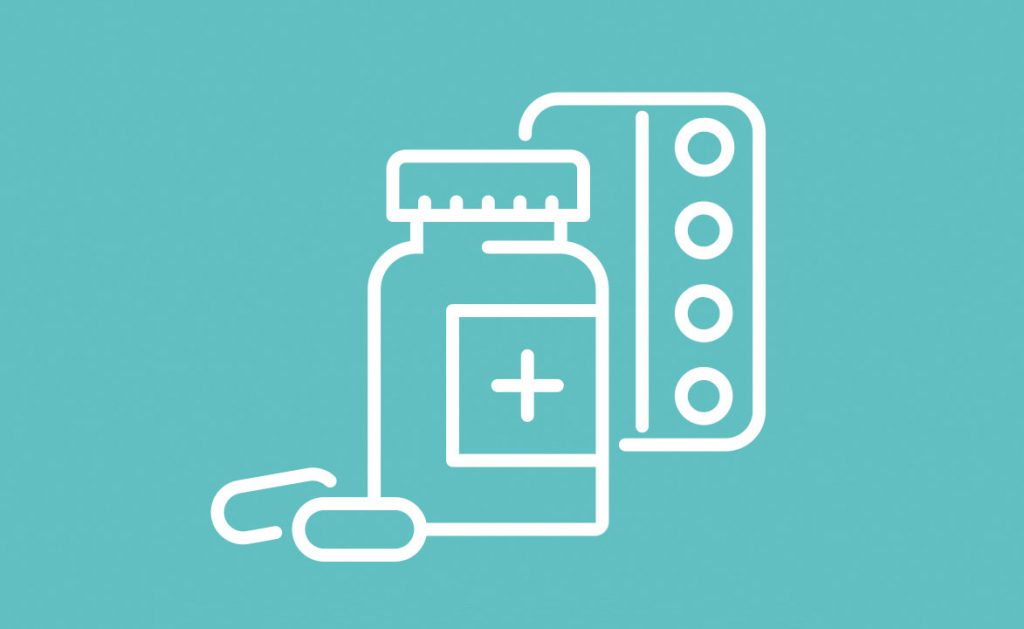
Prescription Medicine
Unfortunately, flushing medicine can destroy bacteria in the water system, contaminate groundwater and impact wildlife downstream. Instead, bring it to your local pharmacy for safe disposal.
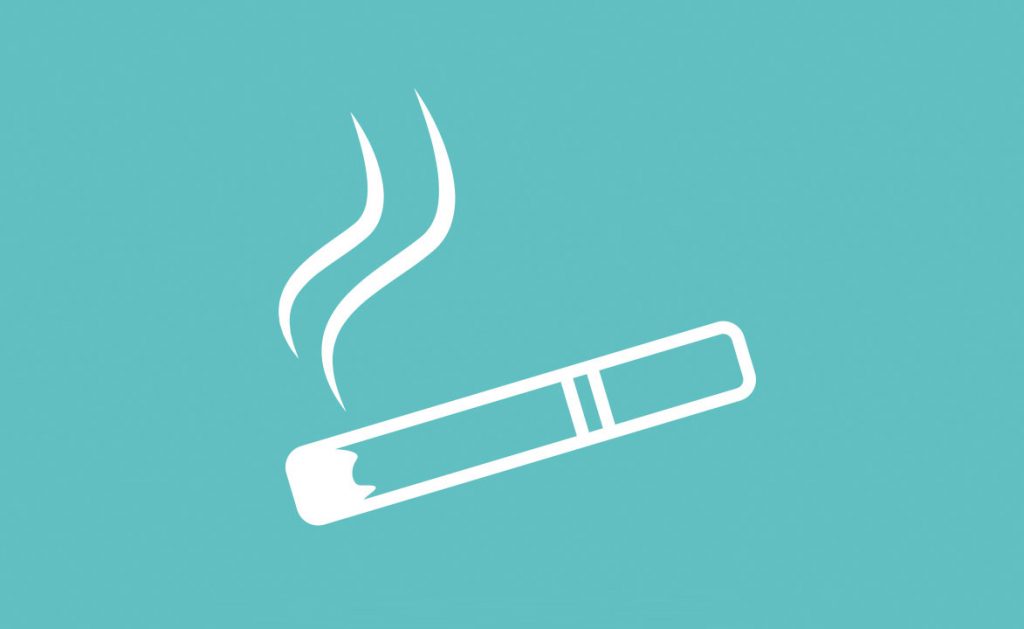
Cigarette Butts
Cigarette butts filters are made from plastic and do not break down easily in our natural environment. They also release toxic compounds which are harmful to aquatic systems.
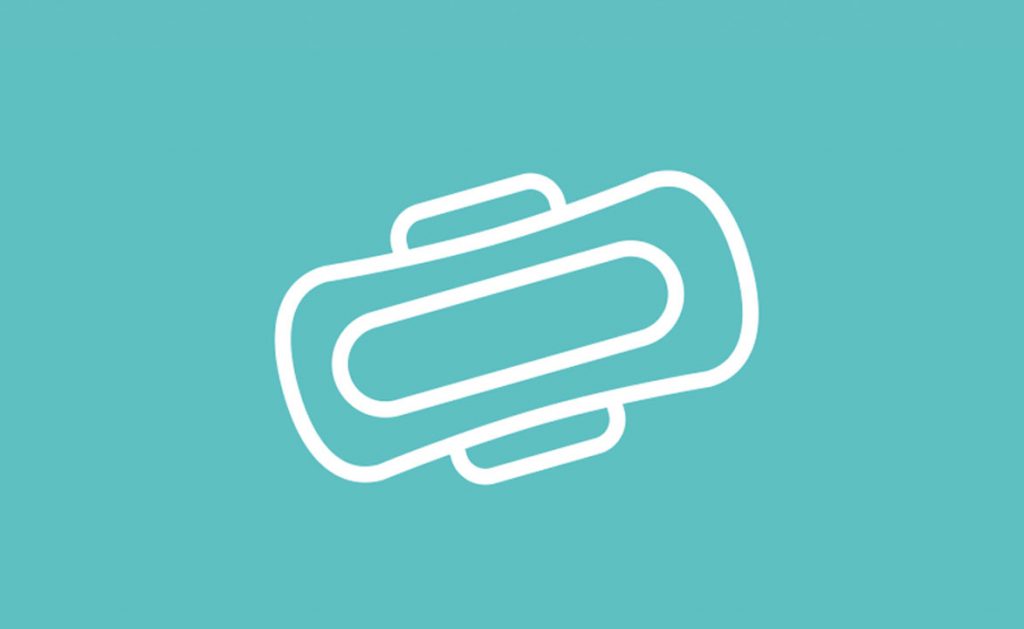
Sanitary Products
Sanitary products will not break down in our wastewater network. They also often contain plastic which will add to the plastic pollution in our marine environment. Always throw sanitary products in the bin.
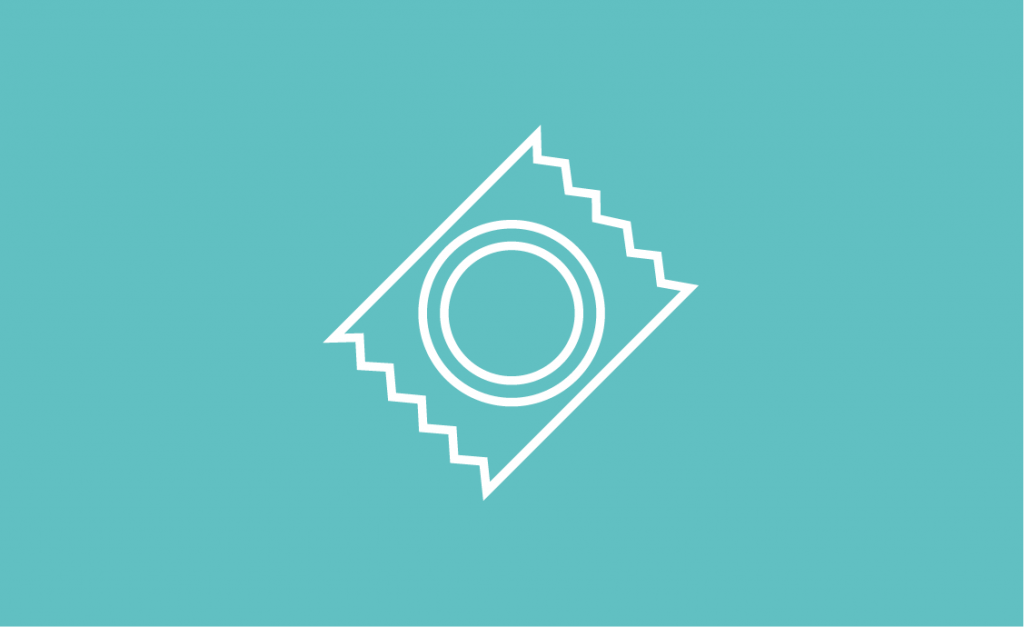
Condoms
Condoms probably seem small and harmless, but they can cause blockages in our septic tanks and sewage treatment plants. They have traces of plastic which is an issue for water quality.
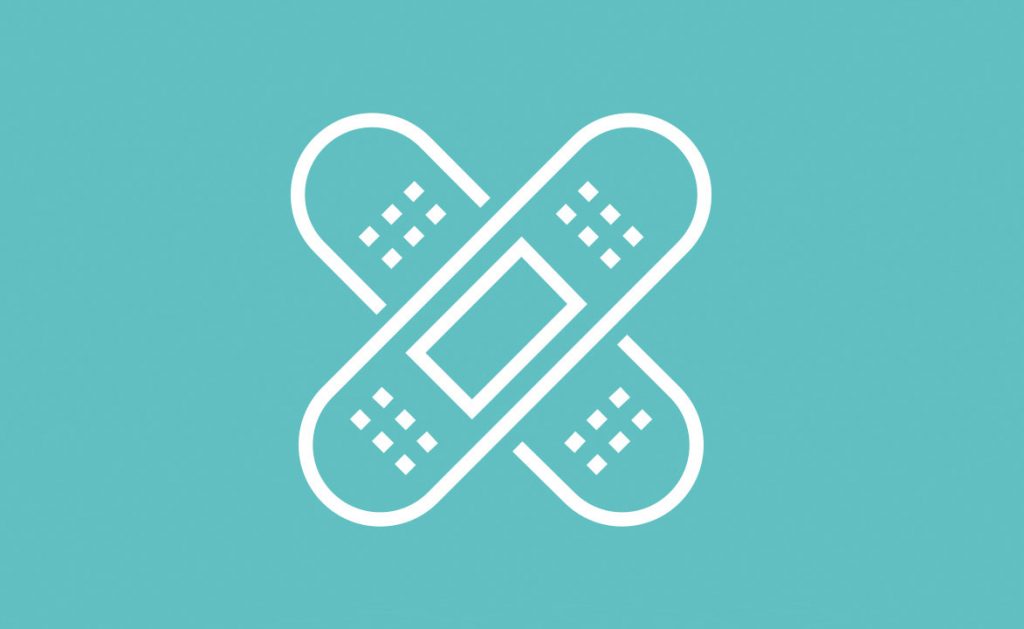
Plasters
Plasters are made from non-biodegradable plastic and can accumulate with other items in our pipes causing blockages and leading to wastewater overflows.
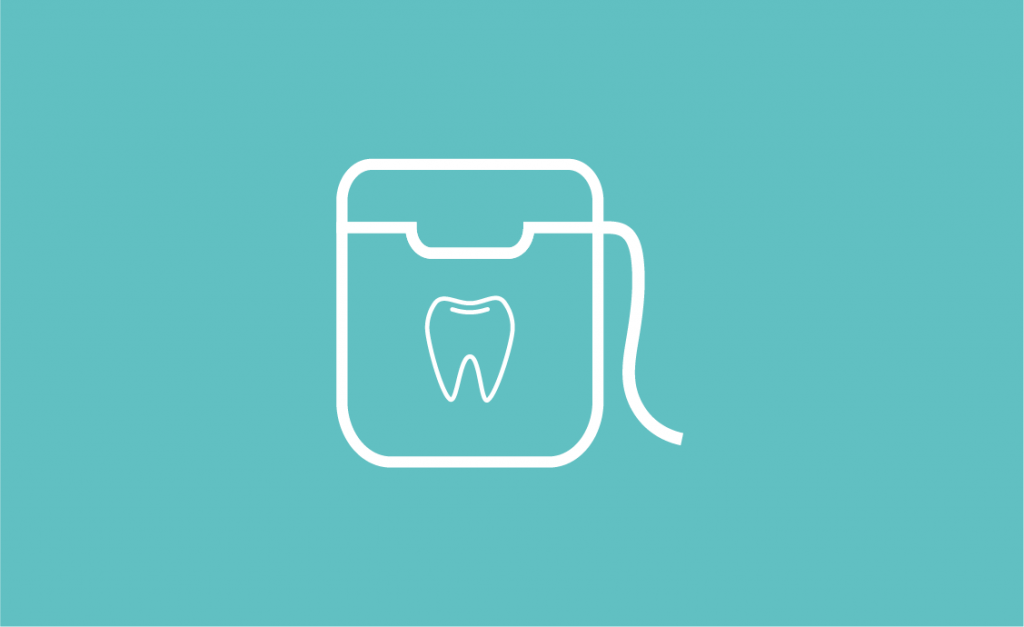
Dental Floss
If dental floss is flushed down the toilet it can wrap itself around other objects in the pipeline, making blockages bigger. It can also cause damage to machinery in the wastewater treatment plants.
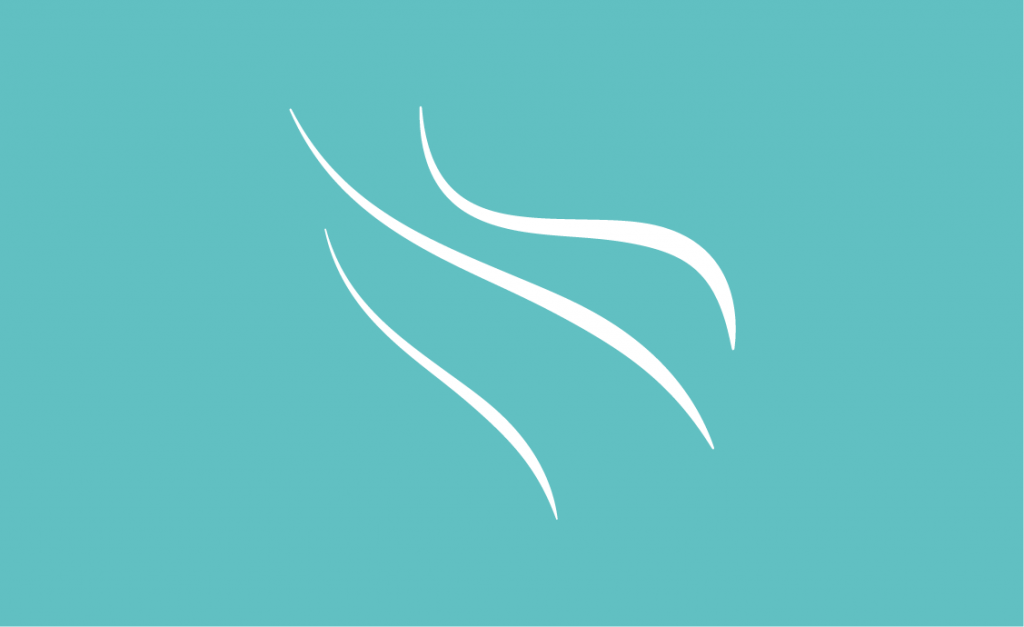
Hair
Hair is a natural product, but it still cannot be flushed down the toilet. It can cause problems as it acts like dental floss causing blockages and leading to wastewater overflows.
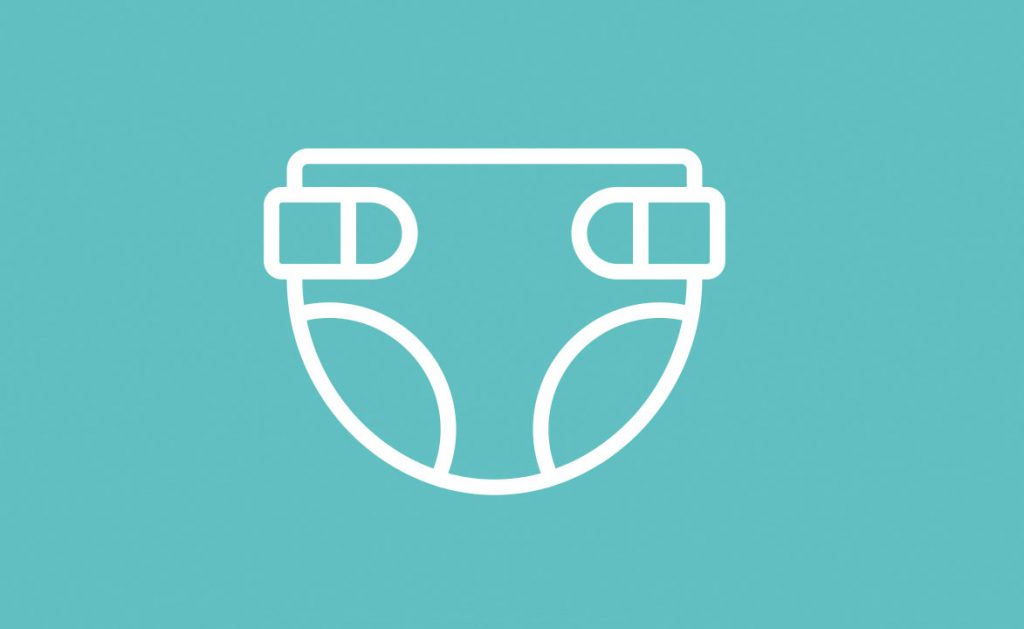
Disposable Nappies
Disposable nappies are made from plastic that expands when it encounters water. They will instantly be caught in the u-bend of a toilet causing wastewater to backup and overflow.
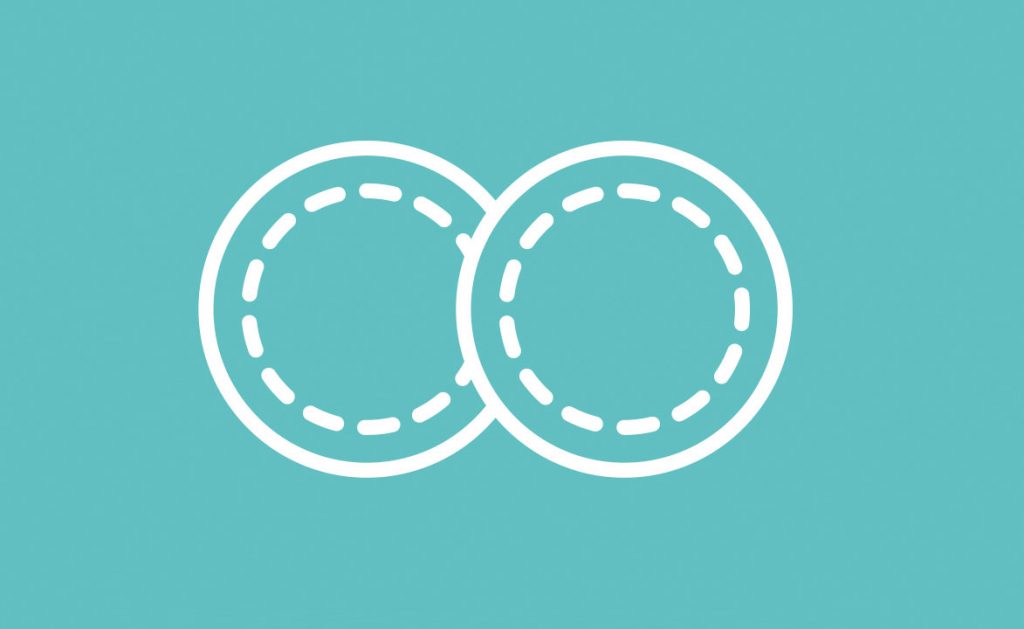
Contact Lenses
Disposable contact lenses are disposable by nature. They contain plastic and chemicals that, while safe for the wearer, should only be thrown in a bin and never down the toilet.
